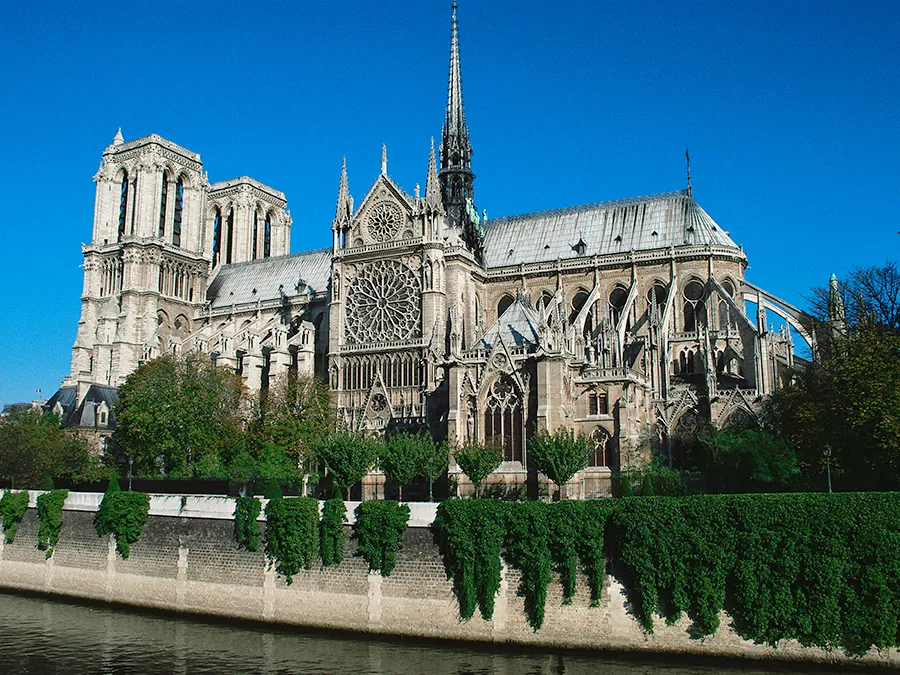Introduction: The Art of Adaptive Reuse
In a world where history often gives way to modernity, adaptive reuse stands as a tribute to the past, a nod to the present, and a promise for the future. In this compelling journey, we will delve into the remarkable world of adaptive reuse in real estate, where historical structures are reimagined, revitalized, and given new life.
The Essence of Adaptive Reuse: Nurturing Heritage
Adaptive reuse is an intricate process that requires meticulous planning and a deep appreciation for history. This section delves into the heart of adaptive reuse:
- Historical Research: Uncover the crucial role of historical research in adaptive reuse projects. Explore how architects and historians collaborate to ensure historical accuracy.
- Architectural Preservation: Delve into the significance of preserving original architectural elements, from facades to interior details, to maintain the historical charm of the building.
- Modernization Challenges: Understand the complexities of modernizing a historic structure while adhering to preservation guidelines. Discover how technology and innovative materials overcome these challenges.
Adaptive Reuse in Practice: Transforming the Past into the Present
The true magic of adaptive reuse unfolds when history blends seamlessly with modernity. We’ll explore the diverse forms it takes:
- Residential Conversions: Step into the world of historic buildings transformed into contemporary homes. Explore the unique challenges and the charm of living in a piece of history.
- Commercial Adaptations: Discover how historic buildings find new life as vibrant commercial spaces, from boutique hotels and restaurants to coworking hubs and retail stores.
- Cultural and Art Centers: Explore how museums, galleries, and cultural centers breathe life into history and serve as guardians of cultural heritage.
Image by: https://www.workdesign.com/
Inspiring Examples: Adaptive Reuse in Action
To illustrate the art of adaptive reuse, we’ll embark on a virtual tour through some of the world’s most remarkable examples:
- The High Line, New York City: Explore how a disused railway line became a stunning elevated park, preserving the railway’s history while adding a modern urban twist.
- London’s Tate Modern: Step into the iconic Tate Modern, a converted power station that now stands as one of the world’s most celebrated modern art museums.
- Rijksmuseum, Amsterdam: Immerse yourself in the Rijksmuseum, a masterful restoration project that elegantly combines historical preservation with modern functionality.
Comparative Table: Adaptive Reuse Techniques
Let’s provide a visual comparison of various techniques used in adaptive reuse:
| Technique | Benefits | Characteristics |
|---|---|---|
| Historical Research | Authenticity, historical accuracy | Extensive archival research and expert collaboration |
| Architectural Preservation | Preservation of heritage, aesthetic continuity | Restoration of original materials and craftsmanship |
| Modernization Challenges | Improved functionality, integration of technology | Utilization of innovative materials and technologies |
Conclusion: The Resurgence of Heritage
As we conclude our journey through the world of adaptive reuse, it becomes evident that this art form is not merely about preserving the past; it’s about nurturing the coexistence of history and modernity. Adaptive reuse is a bridge that connects the past and the present, allowing history to remain a vital part of our world, where the stories of yesteryears continue to shape our lives today and into the future.
This article has unveiled the meticulous process of rejuvenating historic structures, encapsulating the essence of the past within modern functionality. Whether you’re a history enthusiast, an architect, or someone who wishes to live or work in a piece of history, understanding these techniques is essential to appreciate and participate in this remarkable transformation.
Adaptive reuse is the embodiment of continuity, where history not only survives but thrives, offering a blueprint for a sustainable and harmonious future.




